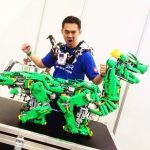
Yoshihito Isogawa is the author of the LEGO MINDSTORMS EV3 Idea Book and the LEGO Power Functions Idea Book series, as well as other LEGO titles. In addition to creating LEGO moving models and conducting educational workshops and events using LEGO bricks, he is a judge for World Robot Olympiad (WRO) and for FIRST LEGO League (FLL) in Japan.
How did you get started building with LEGO bricks?
When I was about four or five years old, my parents bought me a LEGO set. Before then, I loved playing with blocks that were not LEGO bricks. A couple of years later, having saved my allowance, I bought an early version of the LEGO Technic series. I have enjoyed building with LEGO bricks ever since.
Which project (or projects) are you the most proud of? Why?
It is difficult to choose. 😉 More than that, I feel pride and joy when I look at the creations of children inspired by my projects and books.
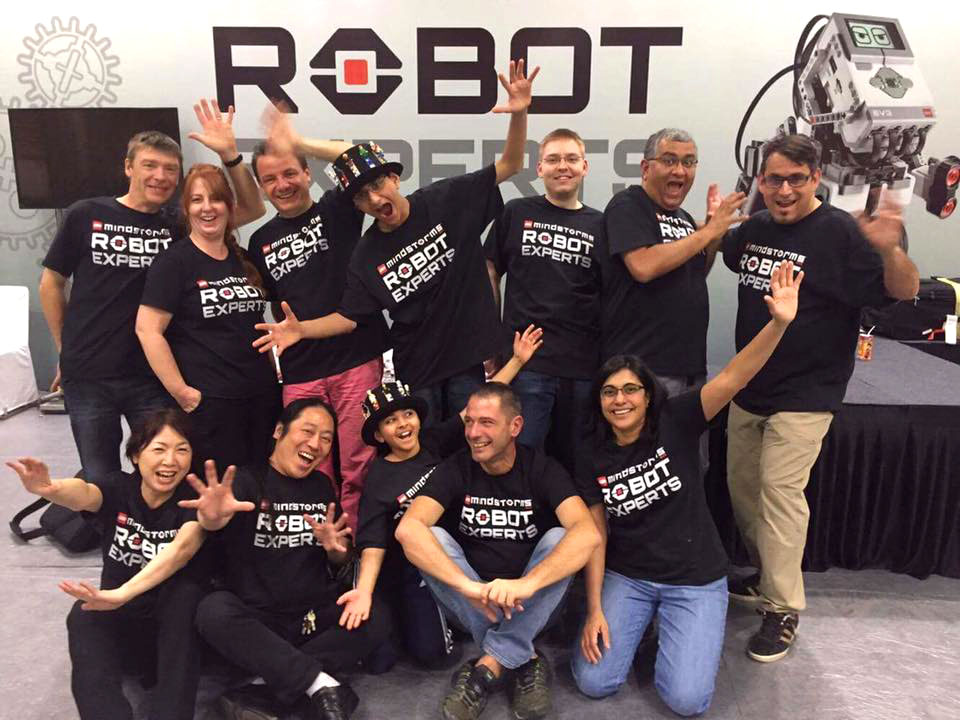
Where do you find inspiration for new projects?
Suddenly an idea comes into my mind. It happens often when I am walking, when I am relaxing in the bath, or when I am in a comfortable morning doze. I grab hold on to this fleeting idea that is in my head for just a moment.
How many iterations do you typically go through when you create your projects?
I iterate as many times as possible from the nearly completed state to the perfect one. I spend the most time finishing the project.
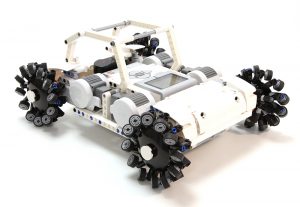
Do you document your creative process? If so, how and why?
I don’t document the process of my project, because there is a possibility that I could be bound to it by doing that. The process of creation is always in flux and continues to change. I enjoy having this flexibility.
What role does failure have in your creative process?
A failure (the movement which is different from the goal) becomes the source of the primitive idea for another project. In other words, the more failures I have, the more ideas I will have.
“In other words, the more failures I have, the more ideas I will have.”
How do you evaluate your success?
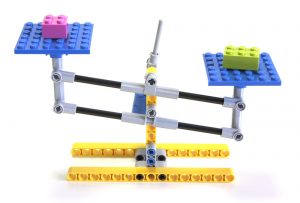
When children play with my machines and robots at hands-on exhibitions, I can see the weak points of my projects. So, they are updated after the exhibition. Hence, my creations evolve into stronger and better ones.
Also, kids sometimes find new ways of playing that are unexpected and surprise me. Anyway, it is very important for me to let kids (and adults who are kids at heart) play with my models.
For students who are ready to go beyond the basics, what project would you recommend to get them motivated, without overwhelming them?
Some students grow with the motivation “to compete with others”. Others grow with the motivation “to create something they like”. I think that it is necessary for teachers/coaches to understand this and provide students appropriate challenges.
As for myself, I really like to let students build their own models freely by giving them a big theme, such as “a robot that surprises people” or “a robot that does something with a card”.
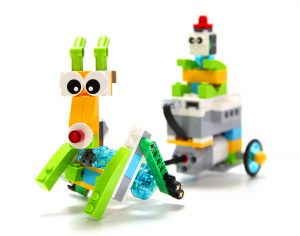
What’s your favourite building technique?
My concept of building models is to create “amazing creations” in almost the same conditions that the kids have. Therefore, I don’t make huge models with a large numbers of parts, and I try not to use hard-to-obtain parts. Furthermore, I try to not use programs except the programming application for LEGO kits.
My models are created with these conditions in mind. As a result, I hope kids get inspired by them.
To see more of Yoshihito Isogawa’s work, visit his YouTube Channel and follow him on Facebook.
As a special offer to the LEGO Engineering community, No Starch Press offers a discount for all their LEGO titles, including Yoshihito Isogawa’s books. Use the coupon code ENGINEER to get 30% off.
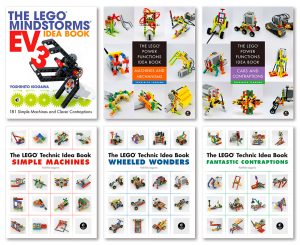
Also in Meet the Creator
- Meet the Creator: Anika Brandsma
- Meet the Creator: Yoshihito Isogawa
- Meet the Creator: Kevin Clague
Asha
Latest posts by Asha (see all)
- Meet the Creator: Akiyuki Kawaguchi - 29 May 2018
- Meet the Creator: Paweł “Sariel” Kmieć - 25 April 2018
- Reflections on Vassilis Chryssanthakopoulos - 27 March 2018
- Meet the Creator: Lee Magpili - 27 February 2018
- Meet the Creator: Anton Vanhoucke - 16 November 2017

